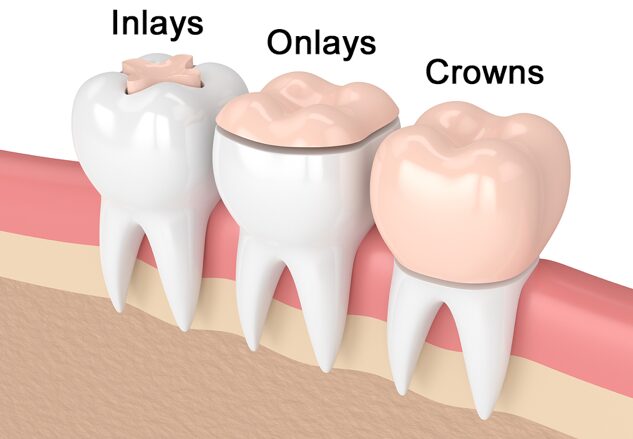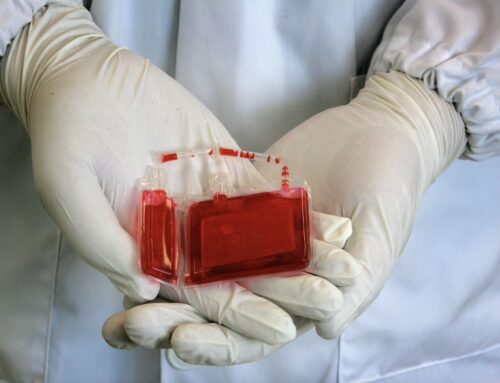What is a Porcelain Inlay?
How do porcelain inlays work?
A porcelain inlay is a type of dental restoration used to repair a tooth that has been damaged by decay or other types of damage. It is made of a tooth-colored porcelain material that is custom-made to fit the shape and size of the damaged area of the tooth.
The process of placing a porcelain inlay typically involves two visits to the dentist. During the first visit, the dentist will remove the decayed or damaged part of the tooth and take an impression of the tooth. The impression is sent to a dental laboratory where the porcelain inlay is custom-made to fit the tooth precisely. A temporary filling may be placed on the tooth to protect it until the permanent inlay is ready.
During the second visit, the temporary filling is removed, and the permanent porcelain inlay is bonded to the tooth using a strong dental adhesive. The dentist will check the fit and bite of the inlay to ensure that it is comfortable and functions properly. Once in place, the porcelain inlay blends in with the natural tooth color, providing a strong and durable restoration that can last for many years with proper care.
What are the risks associated with porcelain inlays?
Porcelain inlays are a type of dental restoration used to repair a decayed or damaged tooth. While they are generally considered safe and effective, there are some risks associated with porcelain inlays:
- Allergic reactions: Some individuals may be allergic to the materials used in porcelain inlays, such as the porcelain itself or the bonding agents. This can lead to allergic reactions, which may include swelling, redness, or itching in the mouth.
- Fracture: Porcelain inlays are durable, but they can still fracture or break under excessive force. Chewing on hard objects or using your teeth as tools can increase the risk of fracture.
- Loosening: In some cases, porcelain inlays may become loose or dislodged. This can happen if the bonding between the inlay and the tooth is not strong enough or if there is recurrent decay around the inlay.
- Sensitivity: Some people may experience increased tooth sensitivity after getting a porcelain inlay. This sensitivity is usually temporary and should resolve on its own over time.
- Gum irritation: The edges of a porcelain inlay can sometimes irritate the gums, especially if the inlay is not properly fitted or if there is a rough edge. This can lead to gum inflammation or discomfort.
- Secondary decay: If the area around the porcelain inlay is not kept clean, it can be susceptible to secondary decay. Regular brushing, flossing, and dental check-ups can help prevent this.
- Color matching: Porcelain inlays are usually matched to the natural color of your teeth, but slight differences in color may be noticeable, especially over time as natural teeth age and change color.
Overall, porcelain inlays are a safe and effective treatment option for restoring damaged teeth. However, like any dental procedure, there are risks involved, and it’s important to discuss these risks with your dentist before proceeding with treatment.




